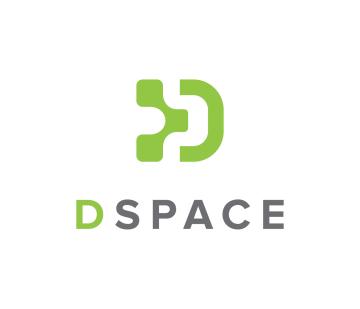
Dspace
DSpace is the software of choice for academic, non-profit, and commercial organizations building open digital repositories. It is free and easy to install “out of the box” and completely customizable to fit the needs of any organization.
DSpace preserves and enables easy and open access to all types of digital content including text, images, moving images, and data sets. And with an ever-growing community of developers, committed to continuously expanding and improving the software, each DSpace installation benefits from the next.
DSpace software will:
- Focus on the Institutional Repository use case.
- Be lean, agile, and flexible.
- Be easy and simple to operate.
- Include a core set of functionality that can be extended to or integrated with complementary services and tools in the larger scholarly ecosystem
DSpace has over 1000 organizations that are currently using the DSpace software in a production or project environment. The most common use is by research libraries as an institutional repository, however, there are many organizations using the software to host and manage subject-based repositories, dataset repositories, or media-based repositories.
Completely customizable to fit your needs collapse
DSpace can be customized in the following key ways to suit your needs:
Customize or theme the user interface - You can fully customize the look and feel of your DSpace website so it will integrate seamlessly with your own institution's website and can be more intuitive for your users. DSpace provides two main user interface options: the traditional (JSP-based) interface, and Manakin (XML-based) which provides various "themes" out of the box.
Customize the metadata - Dublin Core is the default metadata format within the DSpace application. However, you can add or change any field to customize it for your application. DSpace currently supports any nonhierarchical, flat name space, although it is possible to ingest other hierarchical metadata schemas into DSpace such as MARC and MODS. This requires using tools such as crosswalks and having some technical capability to map the transfer of data.
Configure Browse and Search - You can decide what fields you would like to display for browsing, such as author, title, date, etc. on your DSpace website. You can also select any metadata fields you would like included in the search interface. All of the text within a given item and metadata associated with the item, are indexed for full-text search if desired.
Local authentication mechanisms - DSpace comes with plugins for most university authentication methods, including LDAP (and hierarchical LDAP), Shibboleth, X.509, IP-based. In addition, DSpace comes with its own internal authentication method or can be configured to use multiple authentication methods at once. You can also build your own authentication plugin if you use a custom authentication mechanism.
Standards compatibility - DSpace complies with many standard protocols for access, ingest, and export. The standards DSpace supports include OAI-PMH, OAI-ORE, SWORD, WebDAV, OpenSearch, OpenURL, RSS, ATOM.
Configurable database -You can choose either PostgreSQL or Oracle for the database where DSpace manages its metadata.
Default language -The DSpace web application is available in over twenty languages. So if English is not your local language, you can customize the language which DSpace uses. You can also configure DSpace to support multiple languages so that the language your user sees is the 'preferred language' set in their web browser.
Used by educational, government, private and commercial institutions collape
The DSpace platform is used by higher education institutions for whom the platform was initially developed, while also showing a much broader appeal. The software has been used by museums, state archives, museums, state, and National Libraries, journal repositories, consortiums, and commercial companies to manage their digital assets.
Can be installed out of the box collapsed
DSpace comes with an easily configurable web-based interface, which any system administrator can install on a single Linux, Mac OSX or Windows box to get started.
Can manage and preserve all types of digital context collapse
The DSpace application can recognize and manage a large number of file format and mime types. Some of the most common formats currently managed within the DSpace environment are PDF, Word, JPEG, MPEG, TIFF files. Although out-of-the-box DSpace only auto-recognizes common file formats, files of any format can be managed by DSpace. DSpace also provides a simple file format registry where you can register any unrecognized format so that it can be identified in the future.






